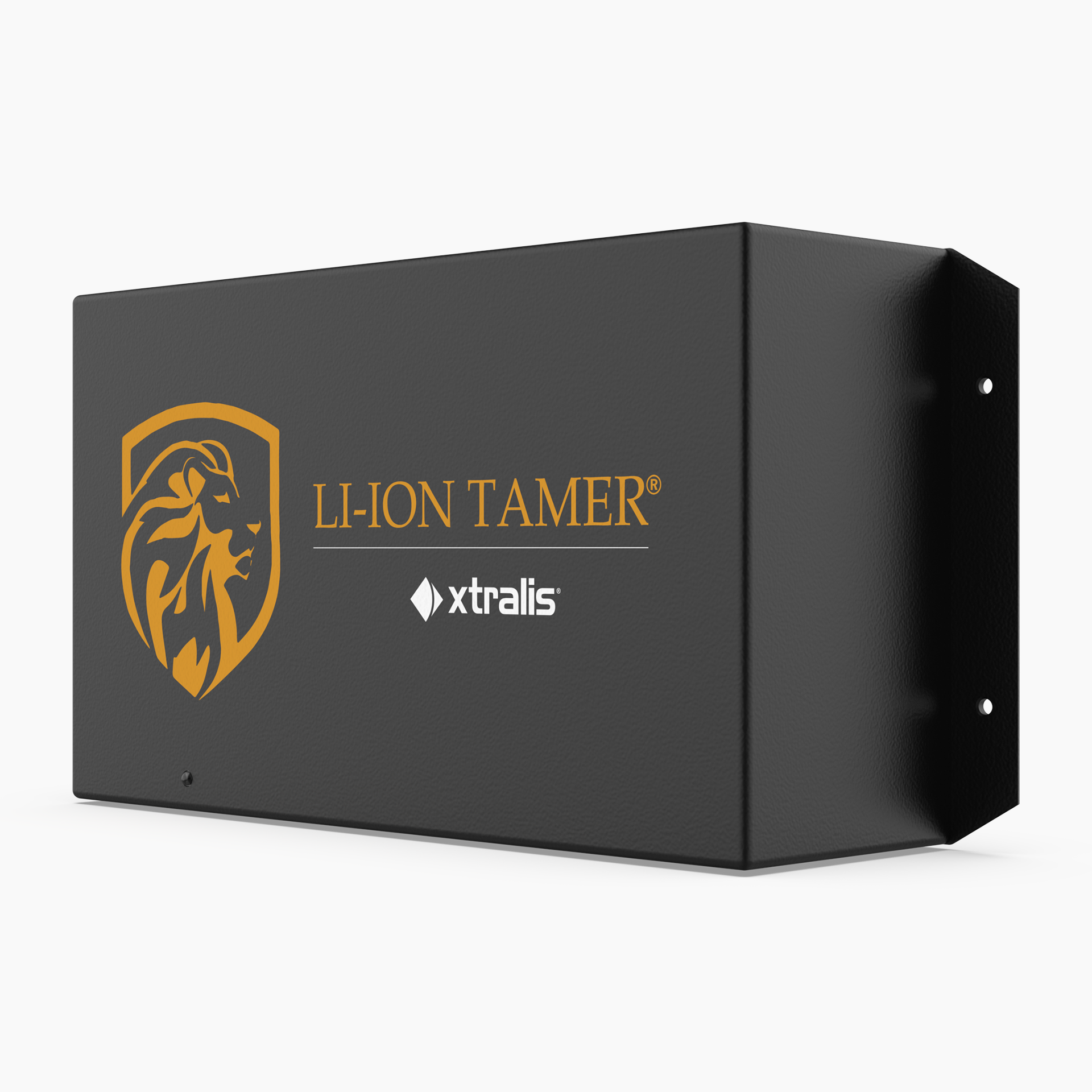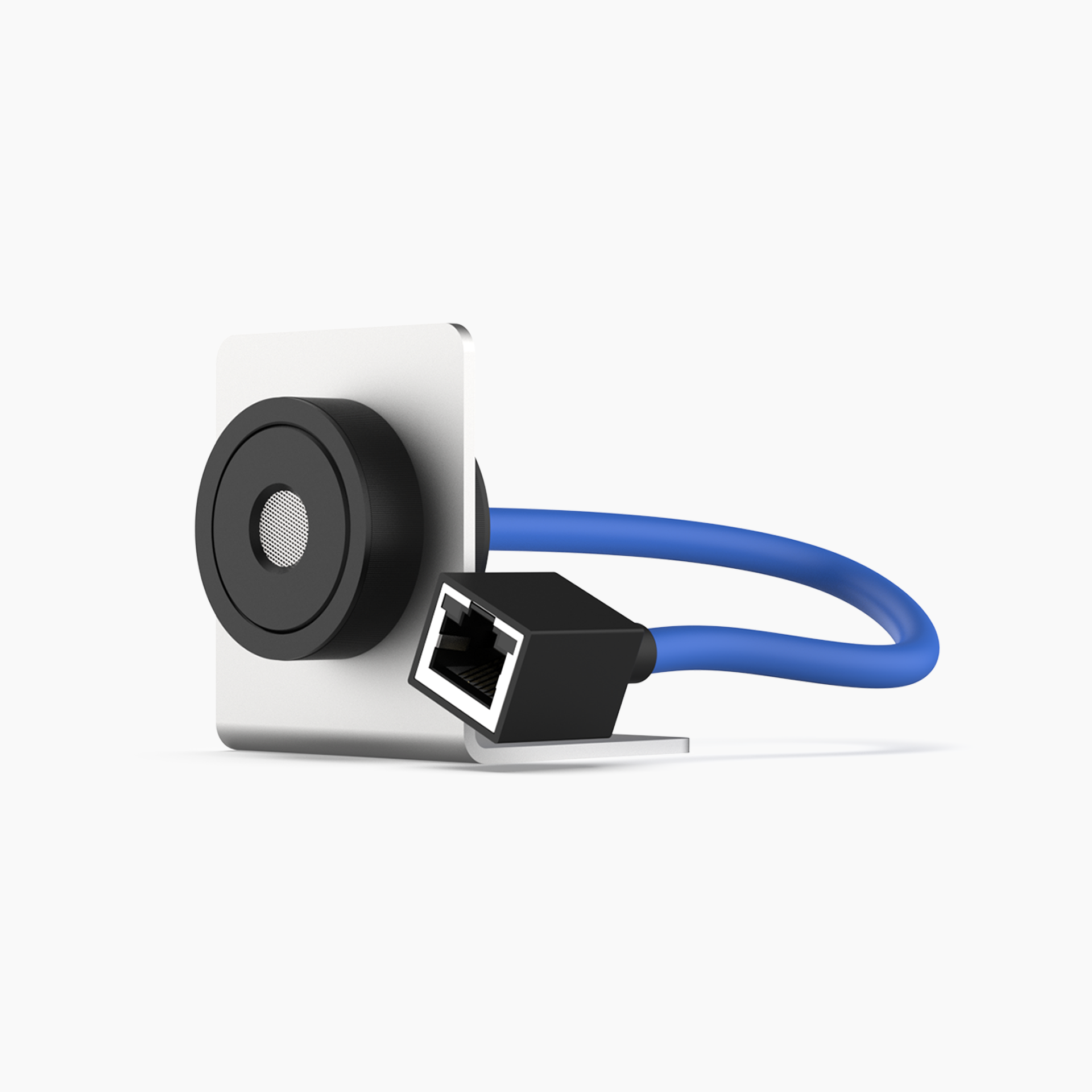Lithium-ion batteries are used all over the world. They provide high-capacity energy storage with the ability to release energy in a controlled manner. This has made them popular for use in portable electronic devices and electric vehicles, however, they are becoming an increasingly popular choice for many other applications and it is now common to find racks of lithium-ion batteries in call centres, data centres and many other applications that require battery backup.
They can, however, be a safety hazard since they contain flammable electrolytes and, if damaged or incorrectly charged, can lead to explosions and fires. Therefore, research is constantly underway not just to extend lifetime, increase energy density, reduce costs and increase charging speed but to improve safety too. Developers are also looking for ways to use non-flammable electrolytes to increase safety further.
All components of lithium-ion batteries already have safety mechanisms in them to try to mitigate battery failures. However, it is still possible for batteries to fail. Therefore, it is essential that Li-ion batteries are managed and monitored correctly.
There are currently two innovative approaches to improving the safety of large-format lithium-ion battery systems.
Battery Management System
It is the job of a battery management system to keep all lithium-ion battery cells within their precise operational window – this includes managing many different functions such as current, temperature and voltage.
A typical Li-ion battery will have multiple cells in series and parallel configurations. This means that they are being charged or discharged simultaneously. While battery manufacturers do their best to make cells that are identical, cells can still age differently or inherit small differences. One of the main roles of the battery management system is to ensure that the cells are properly balanced. If the cells are not correctly balanced at the beginning or end of a charge/discharge cycle, they will enter ranges outside of their operating voltage window which will decrease the performance of the battery and make it much more likely to fail.
Li-ion cells also have maximum charge and discharge current limits, as well as specified temperature windows. The battery management system can protect the batteries against currents that are above the specified current limits and closely monitor the temperatures of each individual cell.
Battery Monitoring System
Despite the best efforts of battery management systems, Li-ion batteries can still fail. This is where additional monitoring of the battery system, beyond electrical interrogation and temperature measurements, can provide additional information regarding the state of health of the battery system.
One of the biggest dangers of battery failure is the flammability of the electrolyte which can lead to a cell venting flammable gases during failure. When a battery reaches thermal runaway, it generates its own heat and oxygen. This is enough to cause a catastrophic fire on its own. However, when a single battery failure causes an adjacent battery to fail, the fail event can spread to all the cells in the pack and even reach adjacent modules.
Battery monitoring systems monitor battery arrays to add an extra level of protection. State of the art battery monitoring systems can provide off-gas detection for very early detection of battery failure, allowing any potential threats to be eliminated before any harm is caused. These can also be integrated with other systems to provide smoke detection, heat detection and flame detection.
Introducing Li-ion Tamer

The Li-ion Tamer rack monitor from Xtralis provides an early and reliable warning of battery fires. It does this by detecting off-gas events that occur during the early stages of Li-ion battery failure. This means that battery failures can be picked up before the smoke and fire stages. This allows for any potential fires or threats of thermal runaway to be dealt with before any damage is caused.
The Li-ion Tamer rack monitor system consists of three key components: a controller, a monitoring sensor and a reference sensor.

The controller is installed in a separate location to the batteries and monitors the signals from both sets of sensors.

Monitoring sensors are extremely sensitive to battery electrolyte solvent vapours. This means that they are capable of detecting a single cell failure much faster than traditional monitoring methods. If a single cell in the battery system fails, the monitoring sensor will detect the gas that is released during the ‘off-gas’ event and send a signal to the controller.
Li-ion Tamer is cost-effective and easy-to-install and maintain. Multiple plug-and-play sensors can be used wherever necessary to provide a reliable detection solution with pinpoint addressability.
Why Choose Eurofyre?
- Complete System Supplier
- Eurofyre manufactures and supplies all aspects of fire detection and its associated safety products, including battery rack monitoring systems, and can provide expert advice and consultation.
- Demonstration and Training
- We offer demonstrations and expert training on a range of systems, including Li-ion Tamer rack monitoring systems, in our very own sophisticated training facility.
- After-Sales Support
- Eurofyre offers both on-site and telephone support to assist you in ensuring that your system is fully functional and operating at maximum efficiency. Our after-sales care and support are second to none.
For more information about Li-ion Tamer Rack Monitoring systems, or to discuss any of the other products that Eurofyre has to offer, please feel free to get in touch either by phone on +44 (0) 1329 835 024, by email to sales@eurofyre.co.uk or via the online enquiry form situated on our contact page.
Don’t forget you can follow us on LinkedIn, Twitter and Facebook or sign up to our newsletter (in the footer below) to receive all the latest information from Eurofyre.
